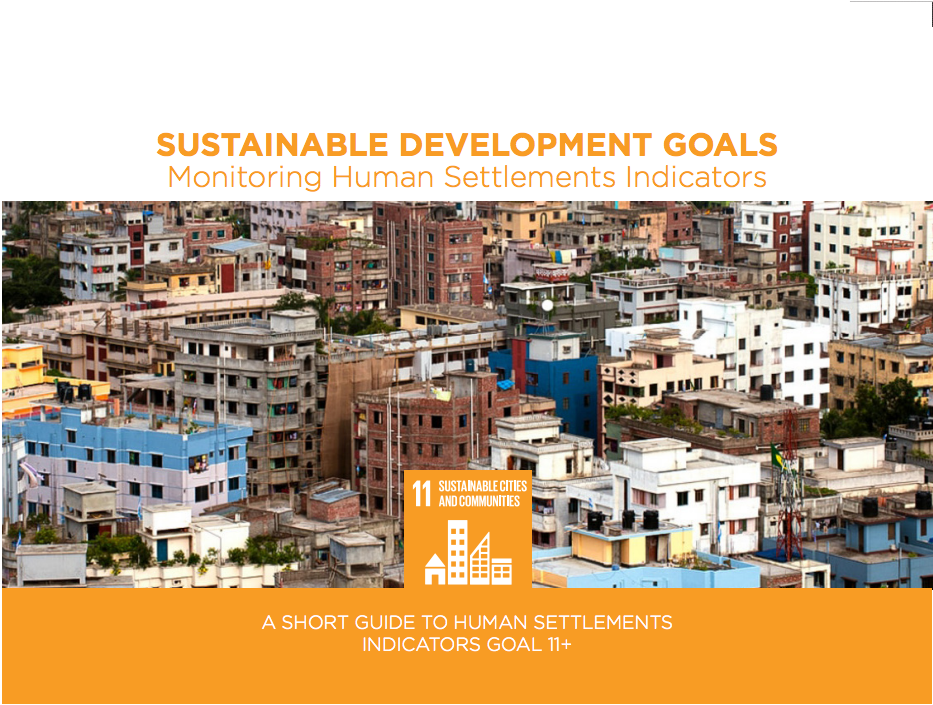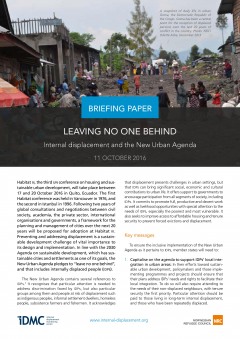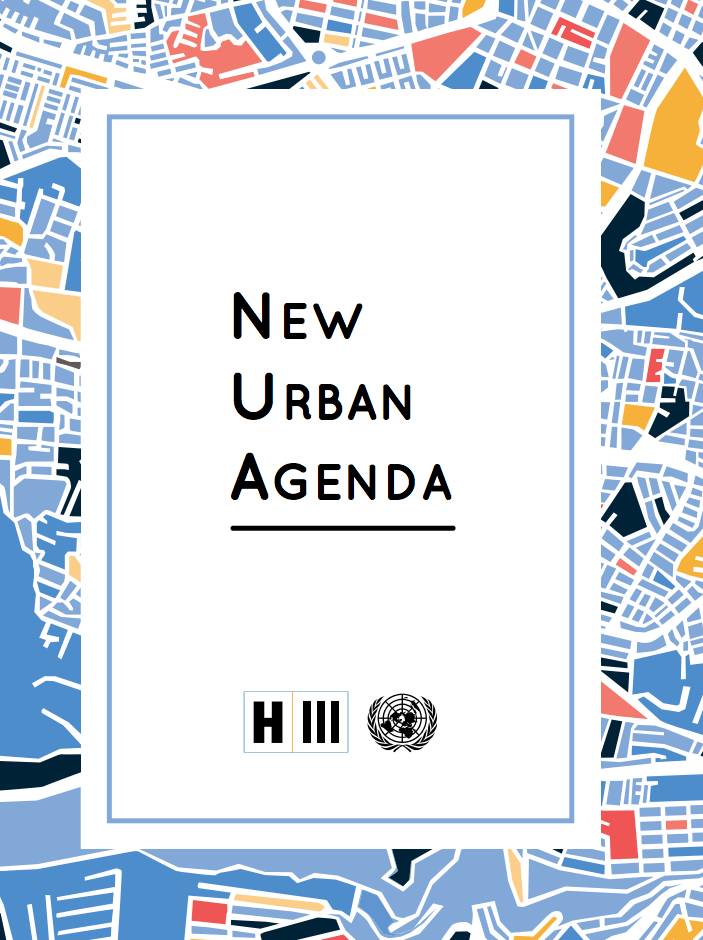Brownfield regeneration: Towards strengthening social cohesion?
In broader terms, the paper refers to the topic of brownfield regeneration, as one of the most complex mechanisms for sustainable spatial development. In addition to the fact that brownfield regeneration demands a variety of instruments, such as: tax subsidies, the change of land use ownership, soil remediation, planning regulative amendments, etc., the complexity of brownfield regeneration is primarily seen in a number of stakeholders participating in such a process.







